Mastering the Art of Debating
 AI Summary
AI Summary
Key Insights
- Bullet points not available for this slide.
Loading...
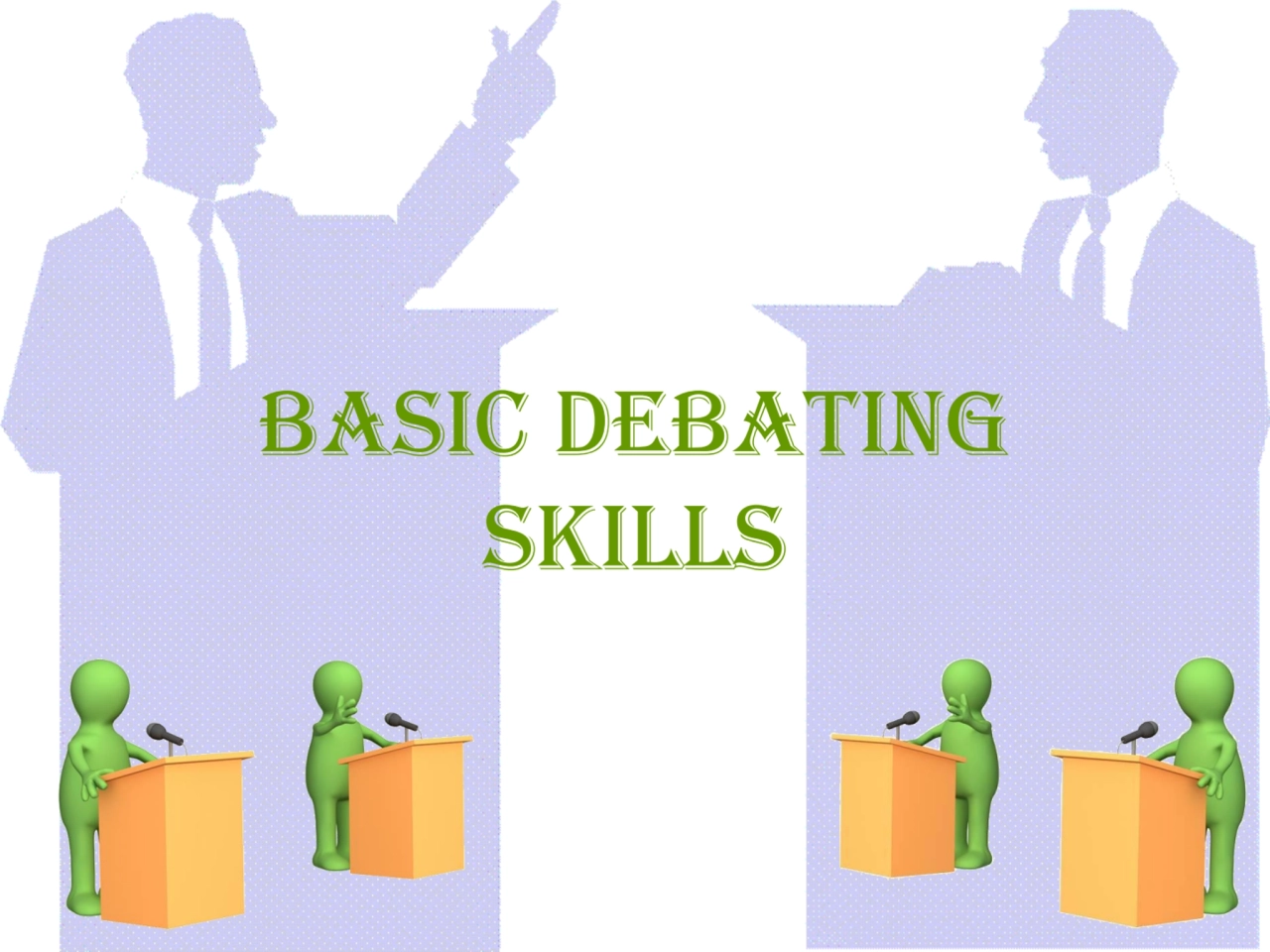
Loading...
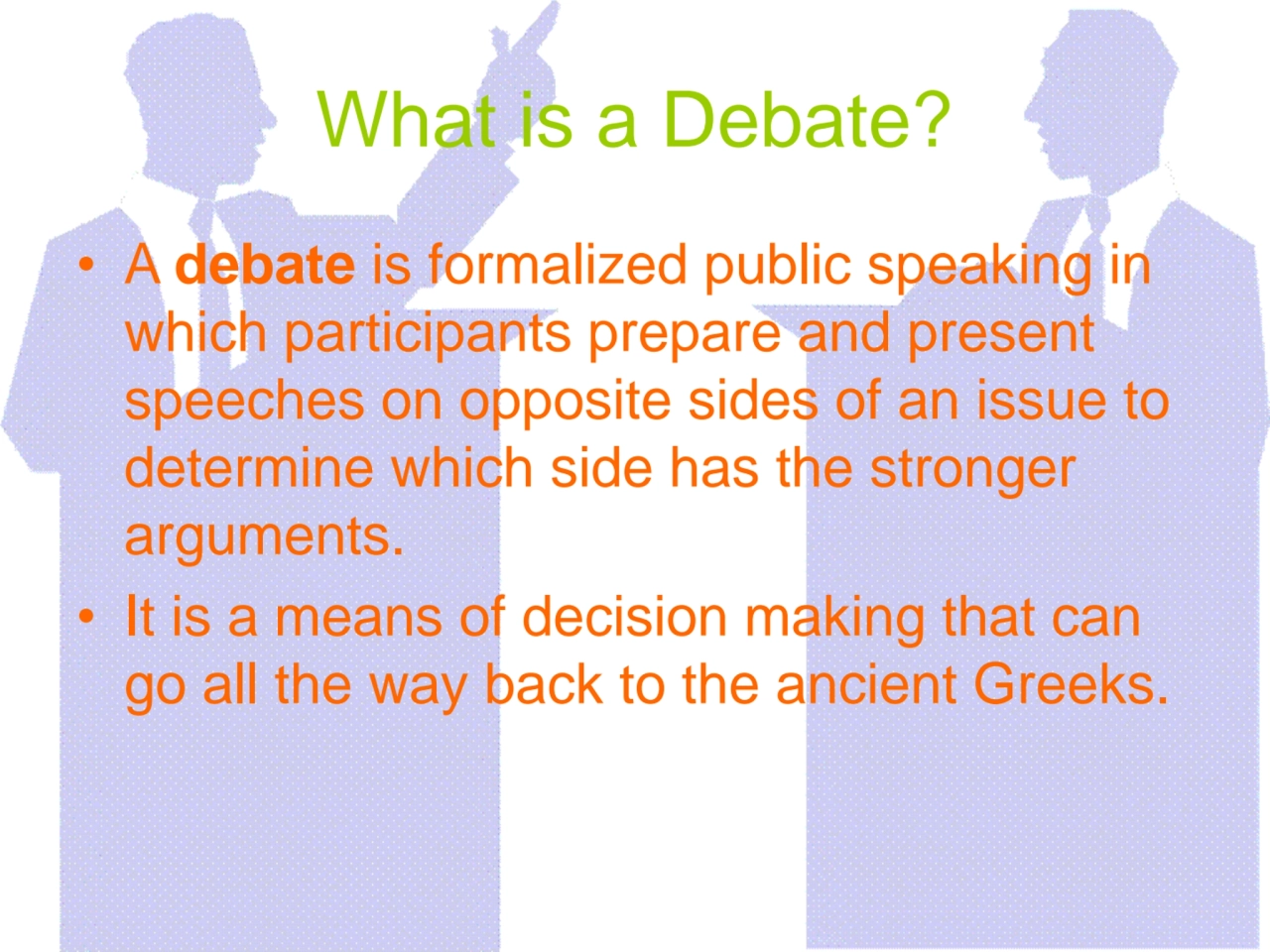
Loading...
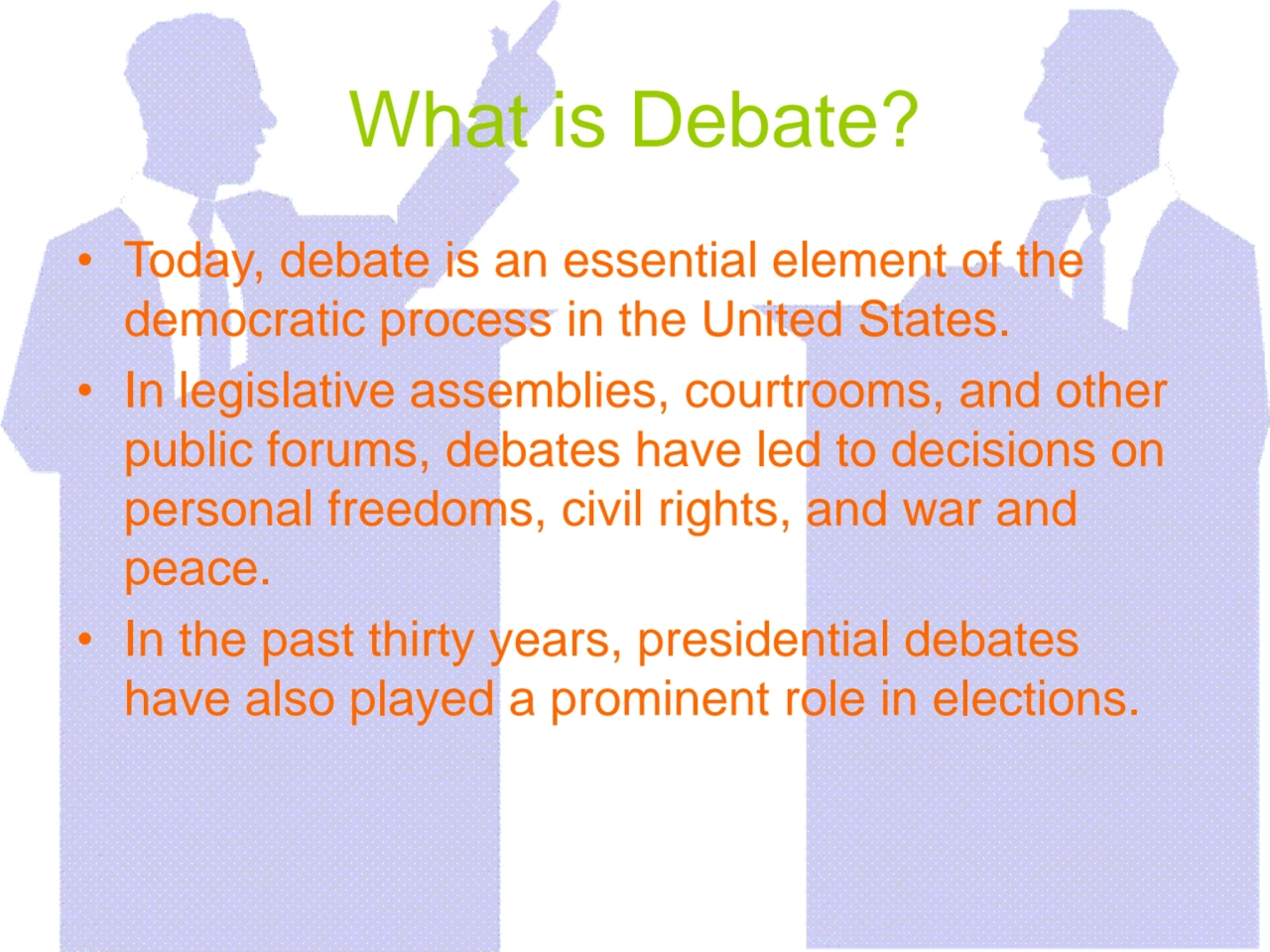
Loading...
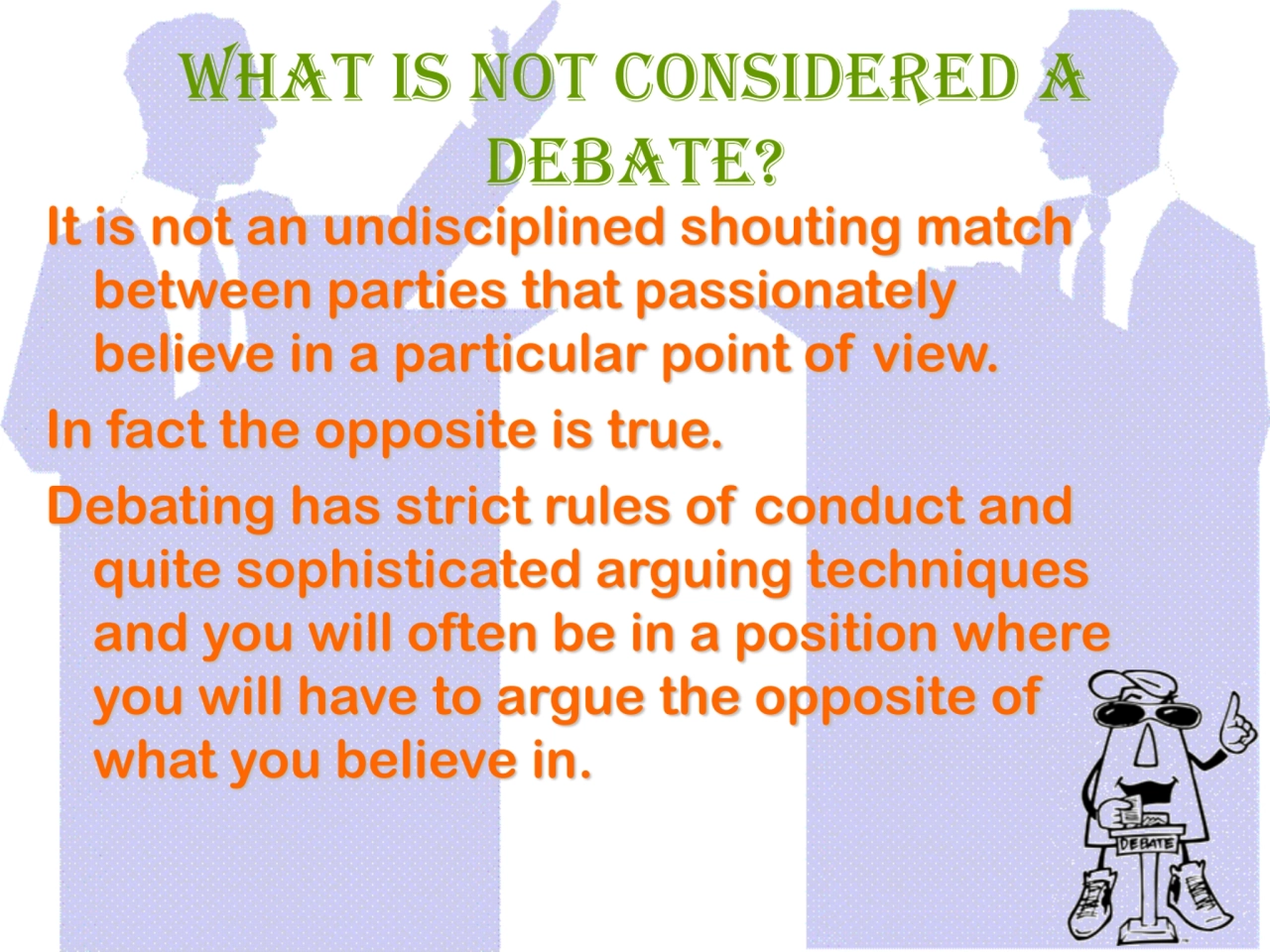
Loading...
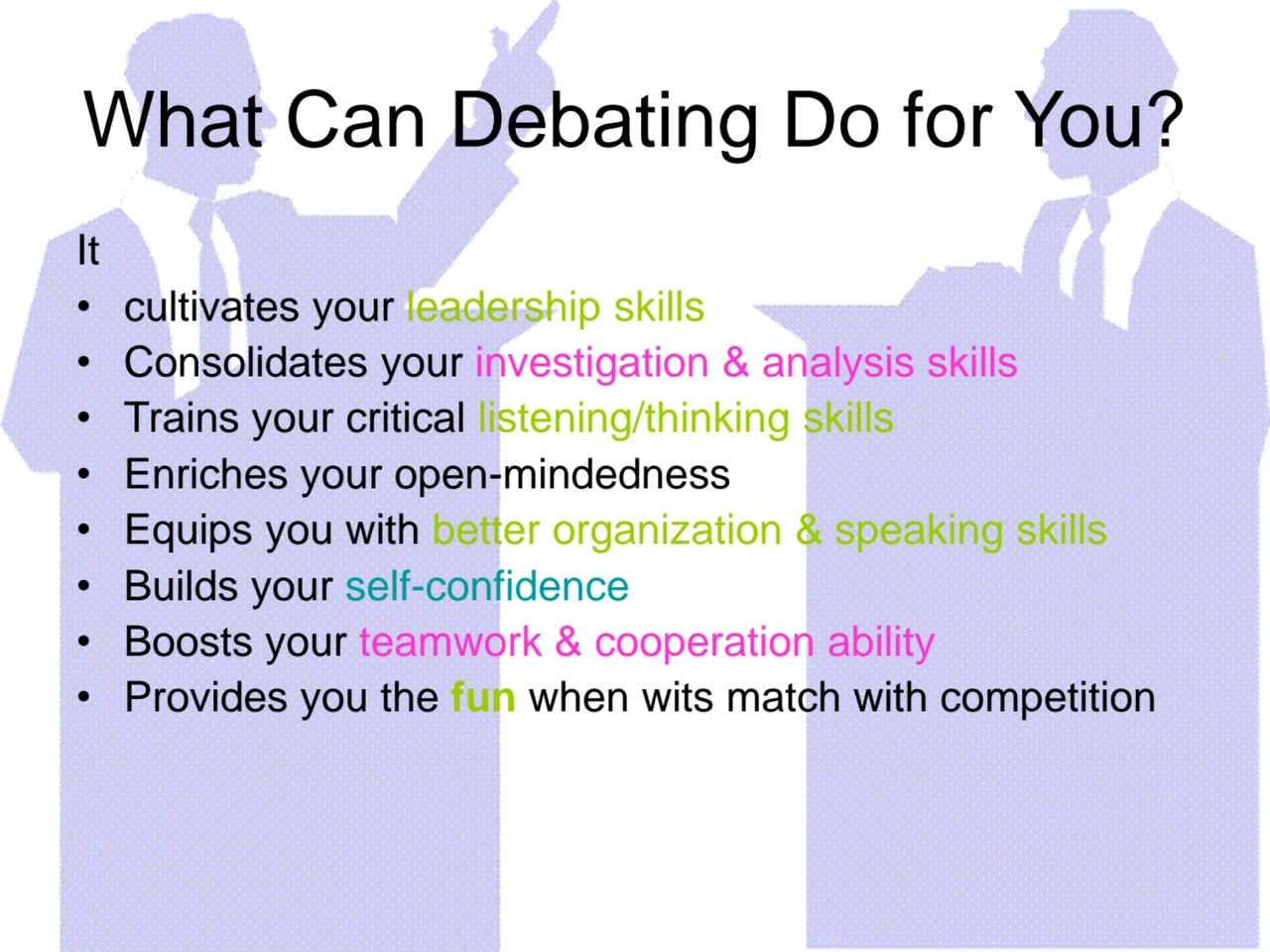
Loading...
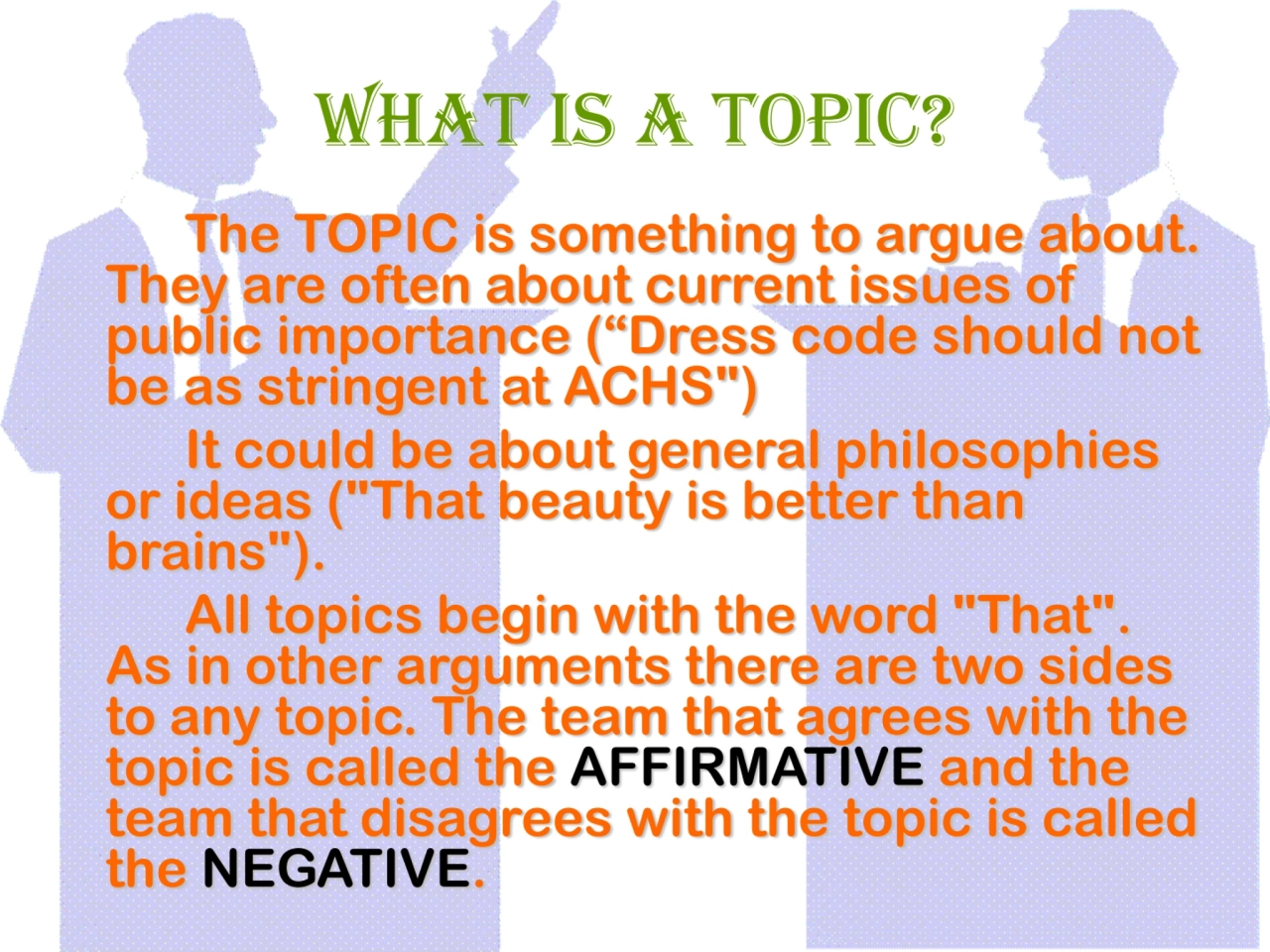
Loading...
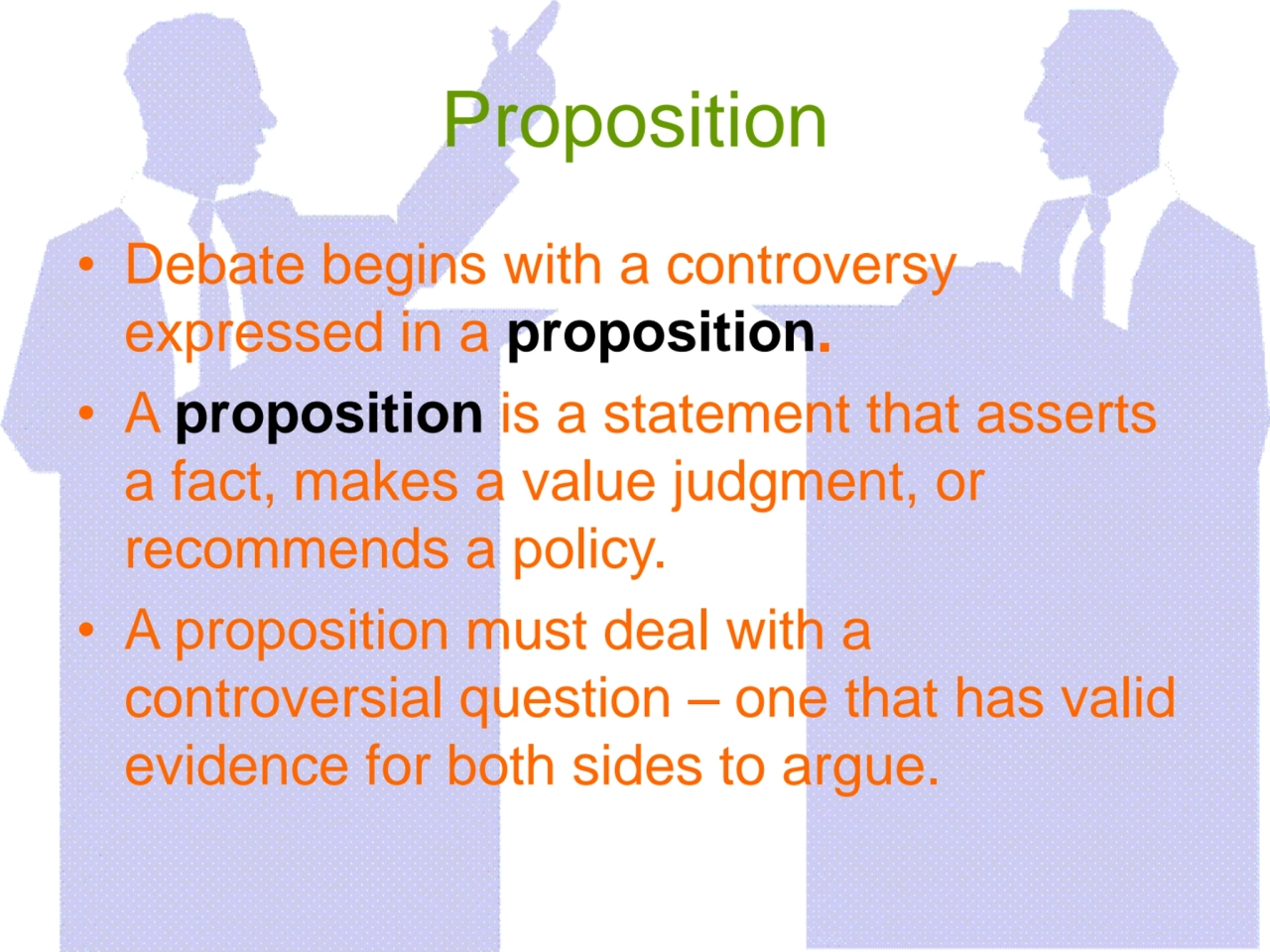
Loading...
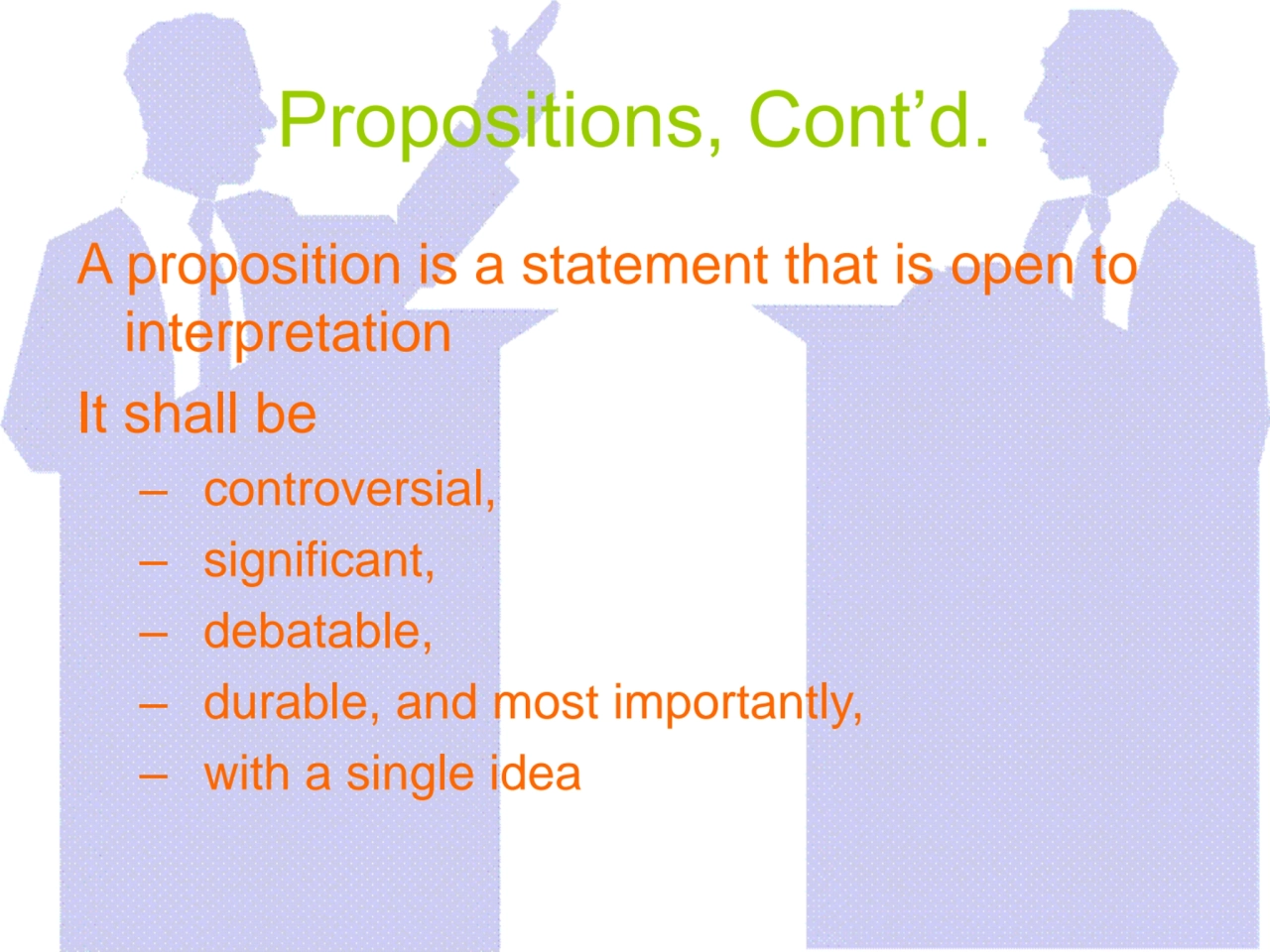
Loading...
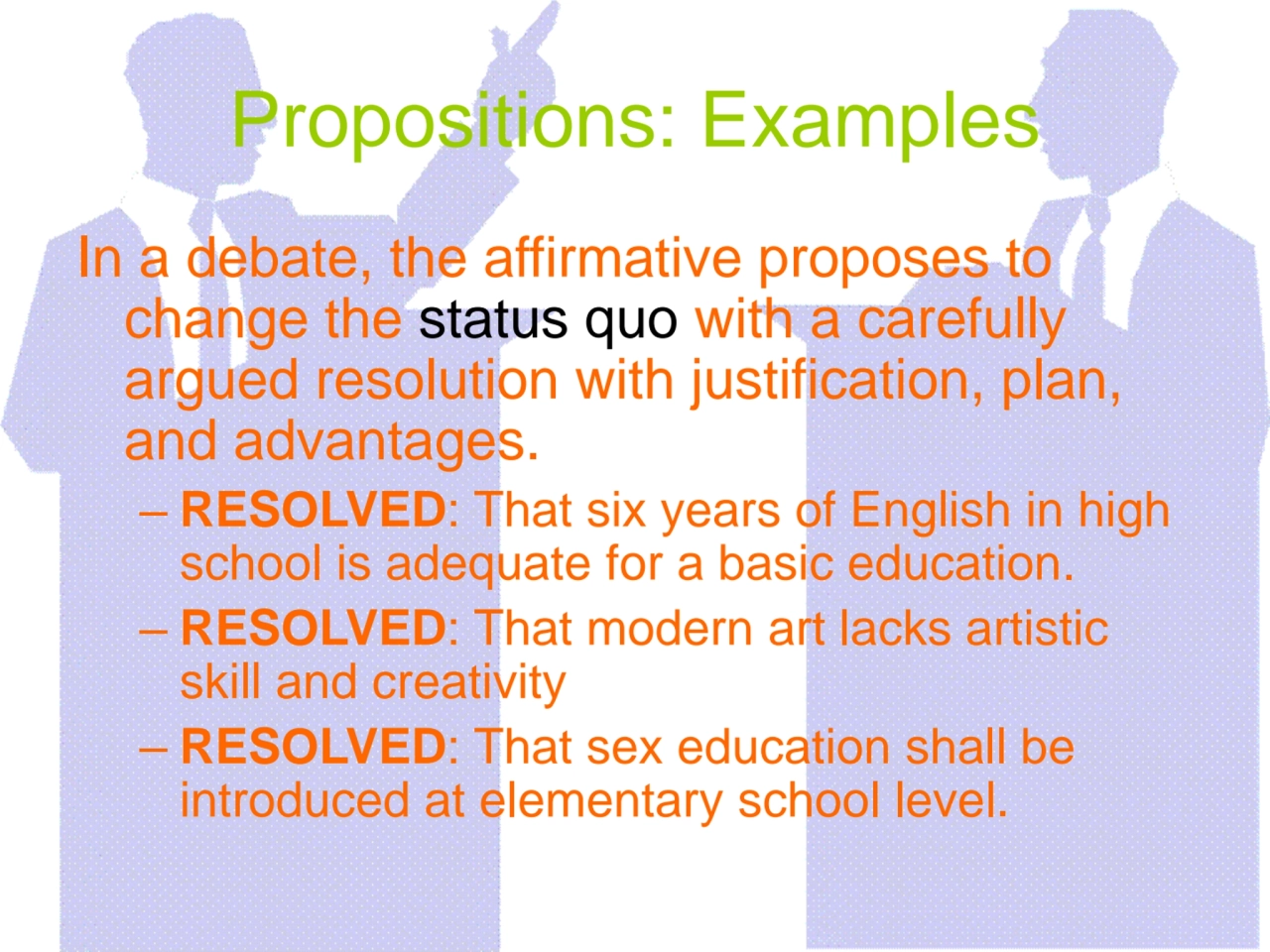
Loading...
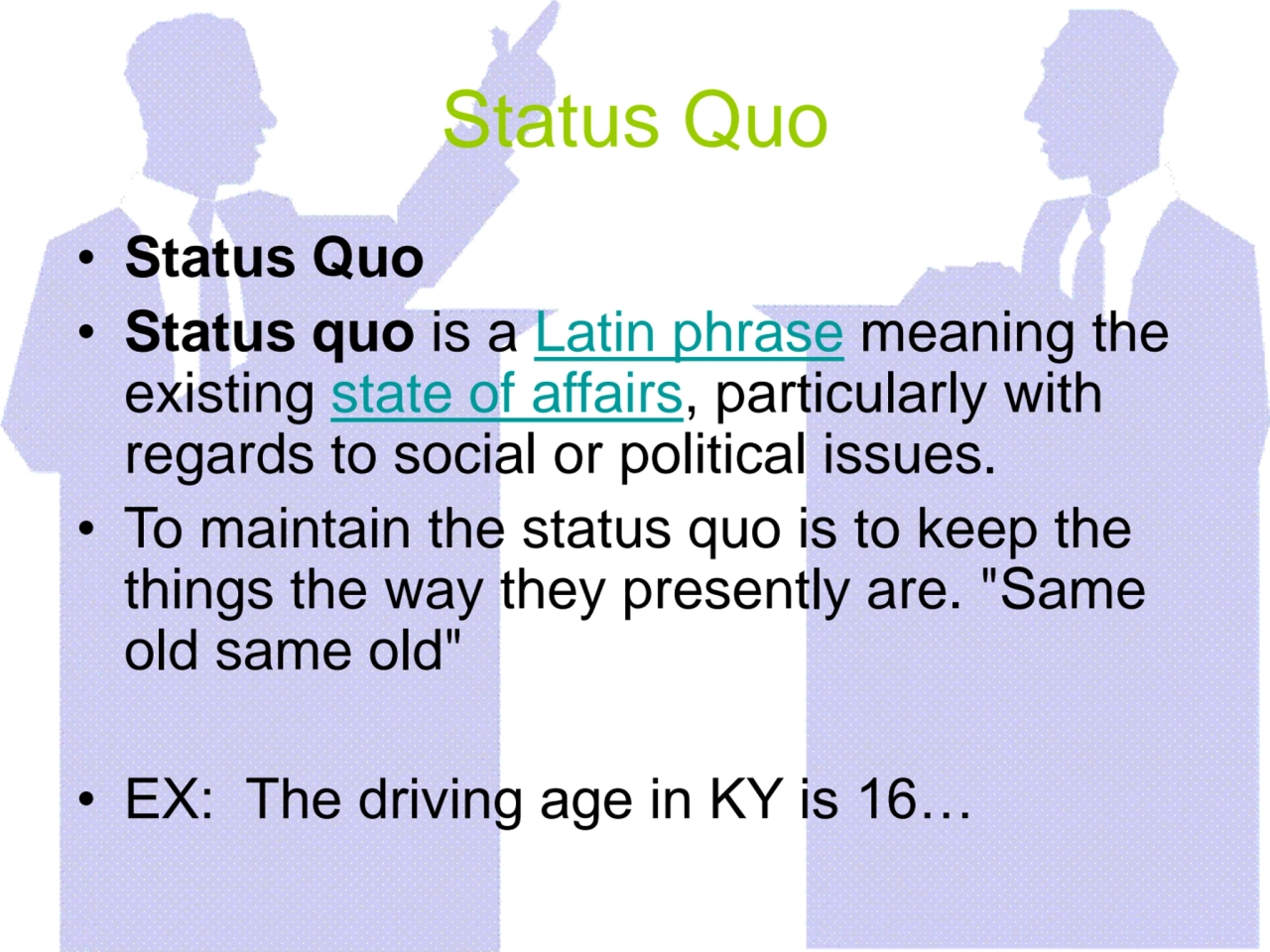
Loading...
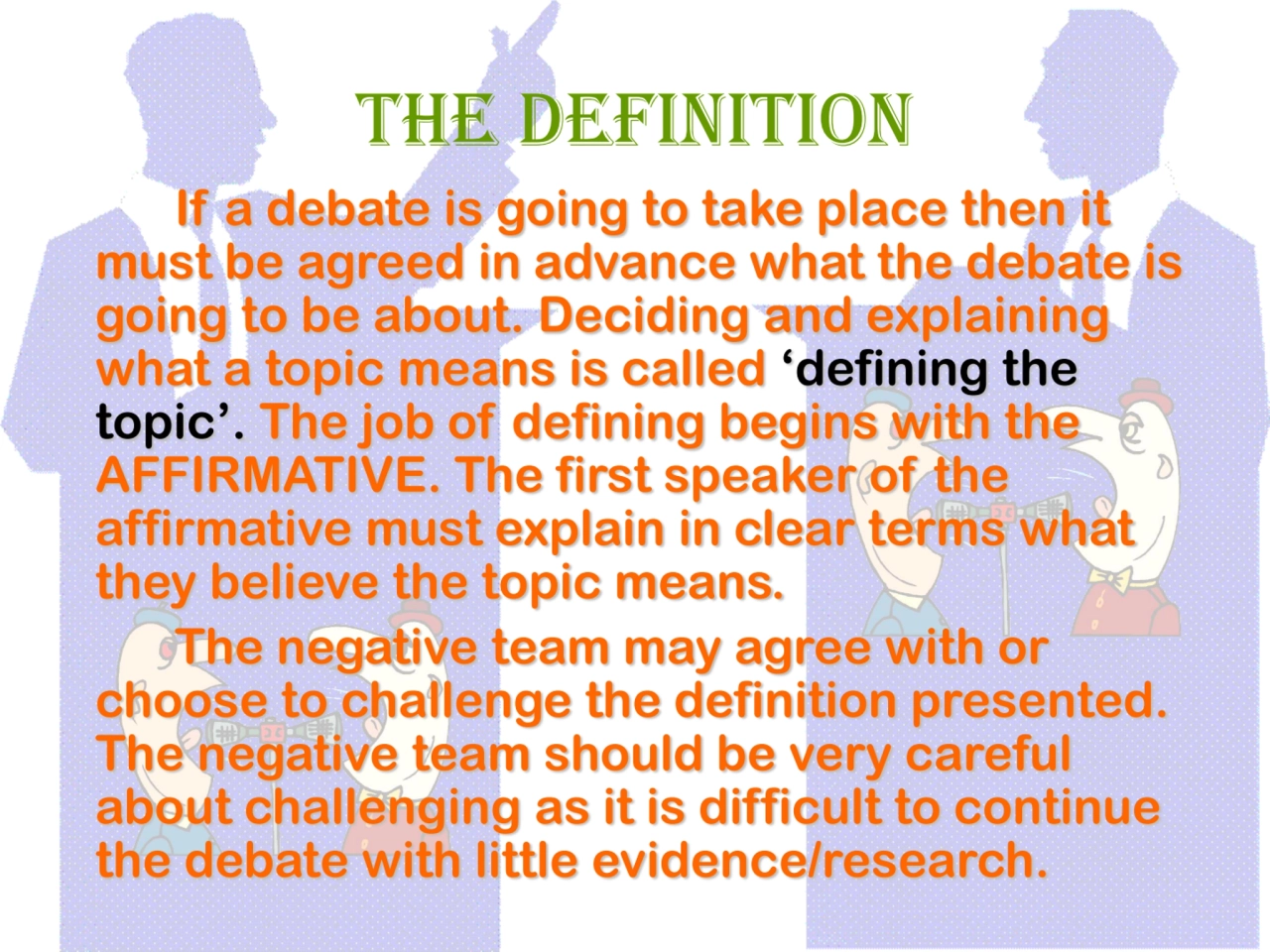
Loading...
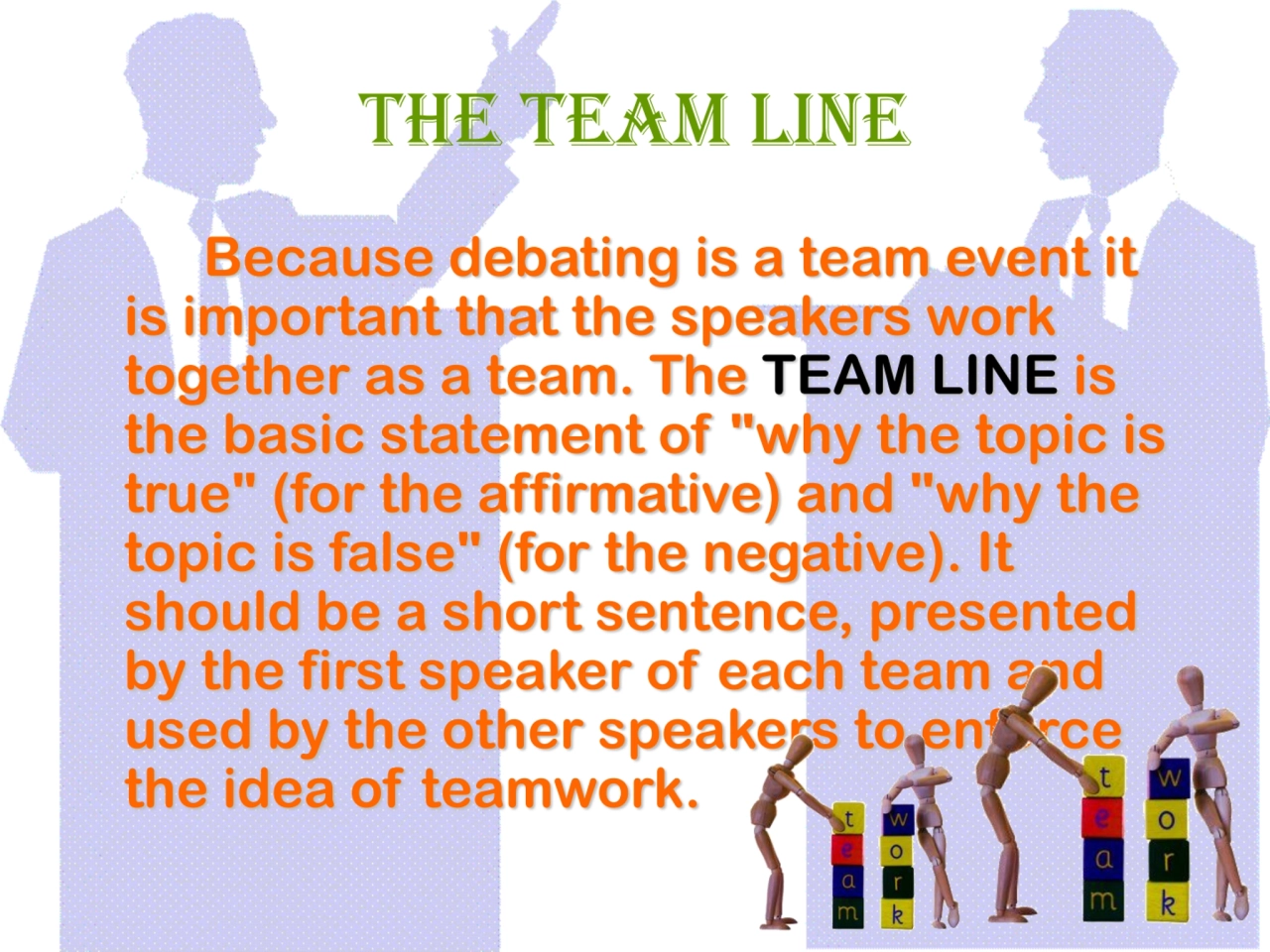
Loading...
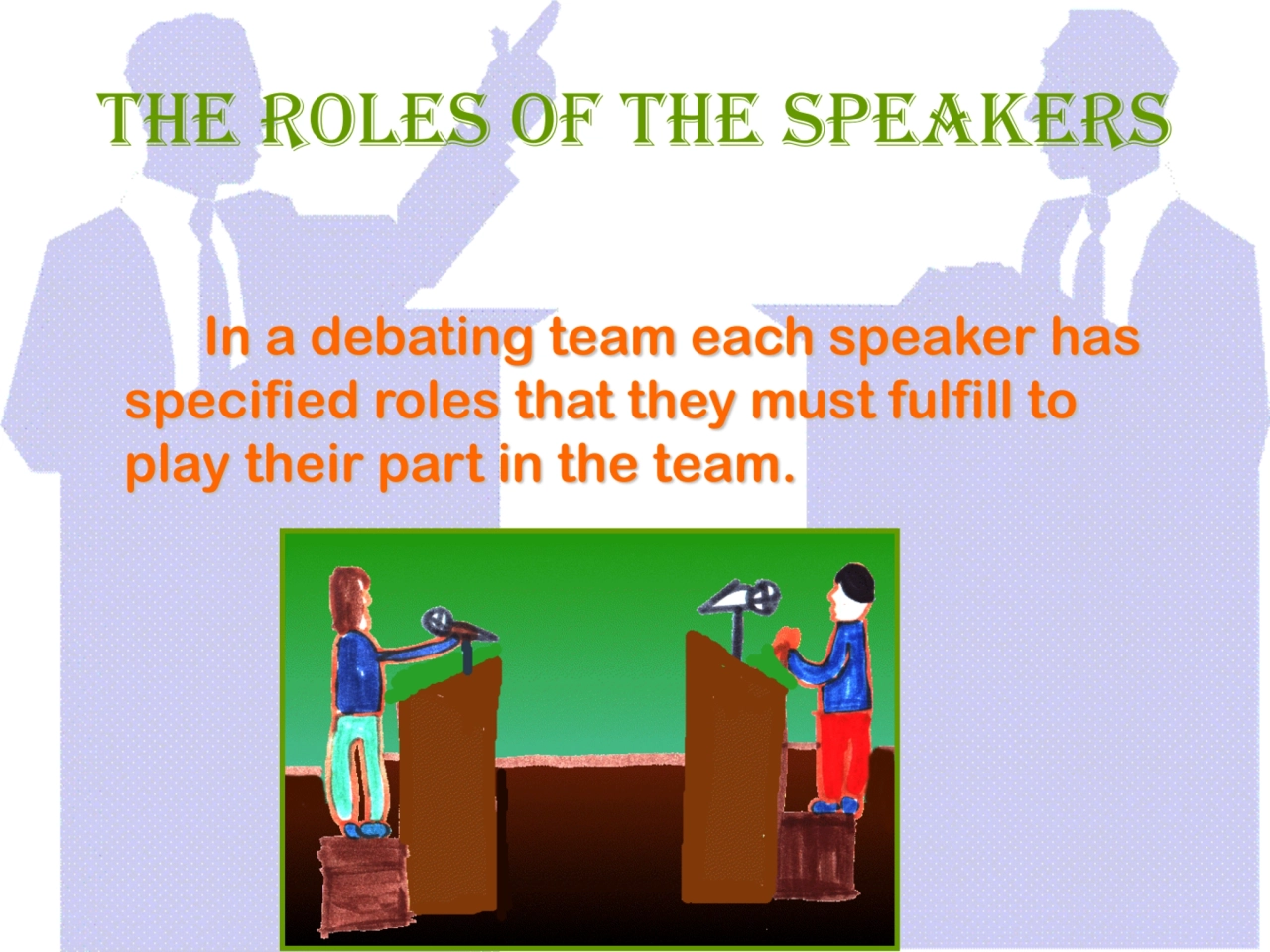
Loading...
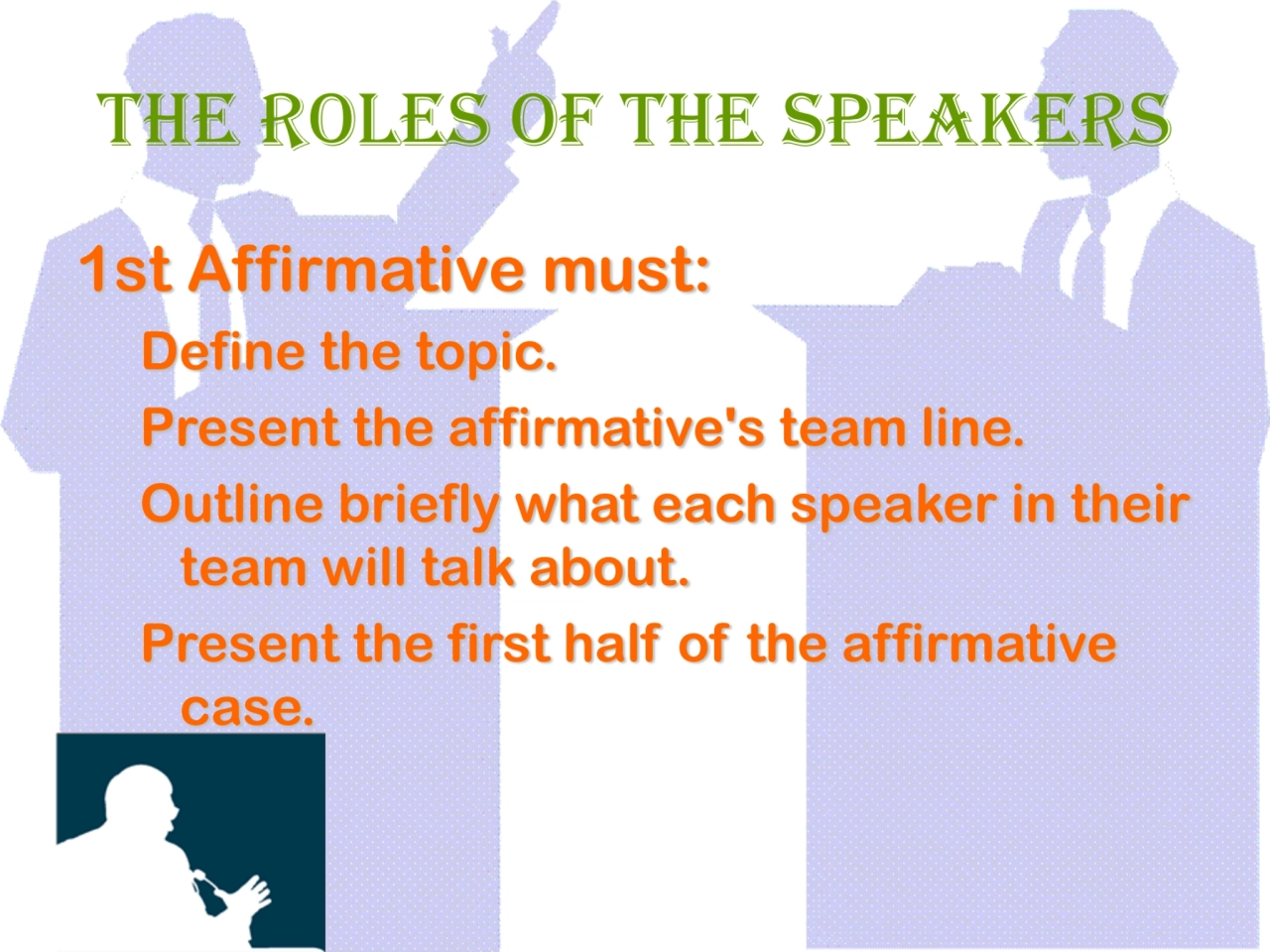
Loading...
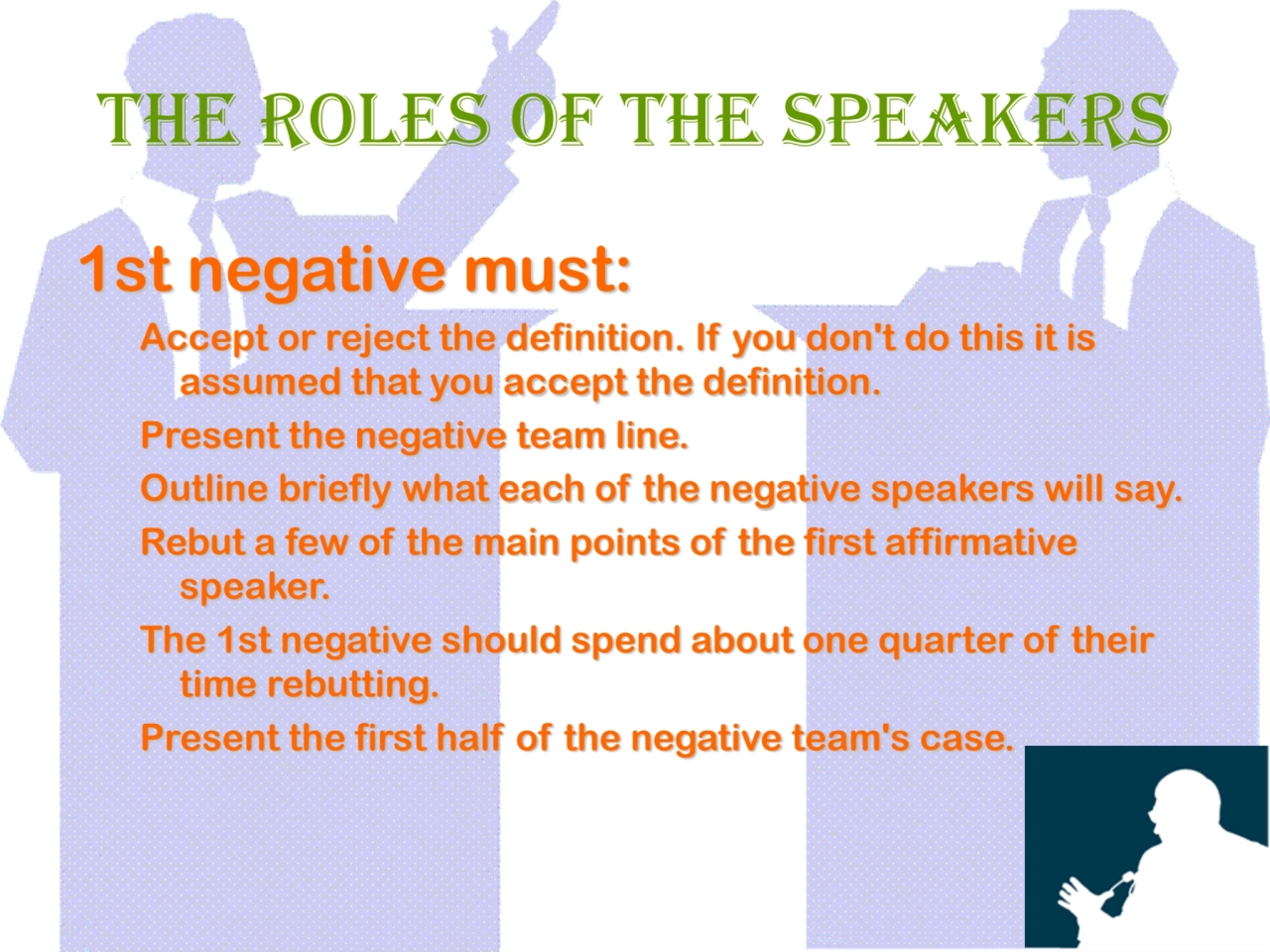
Loading...
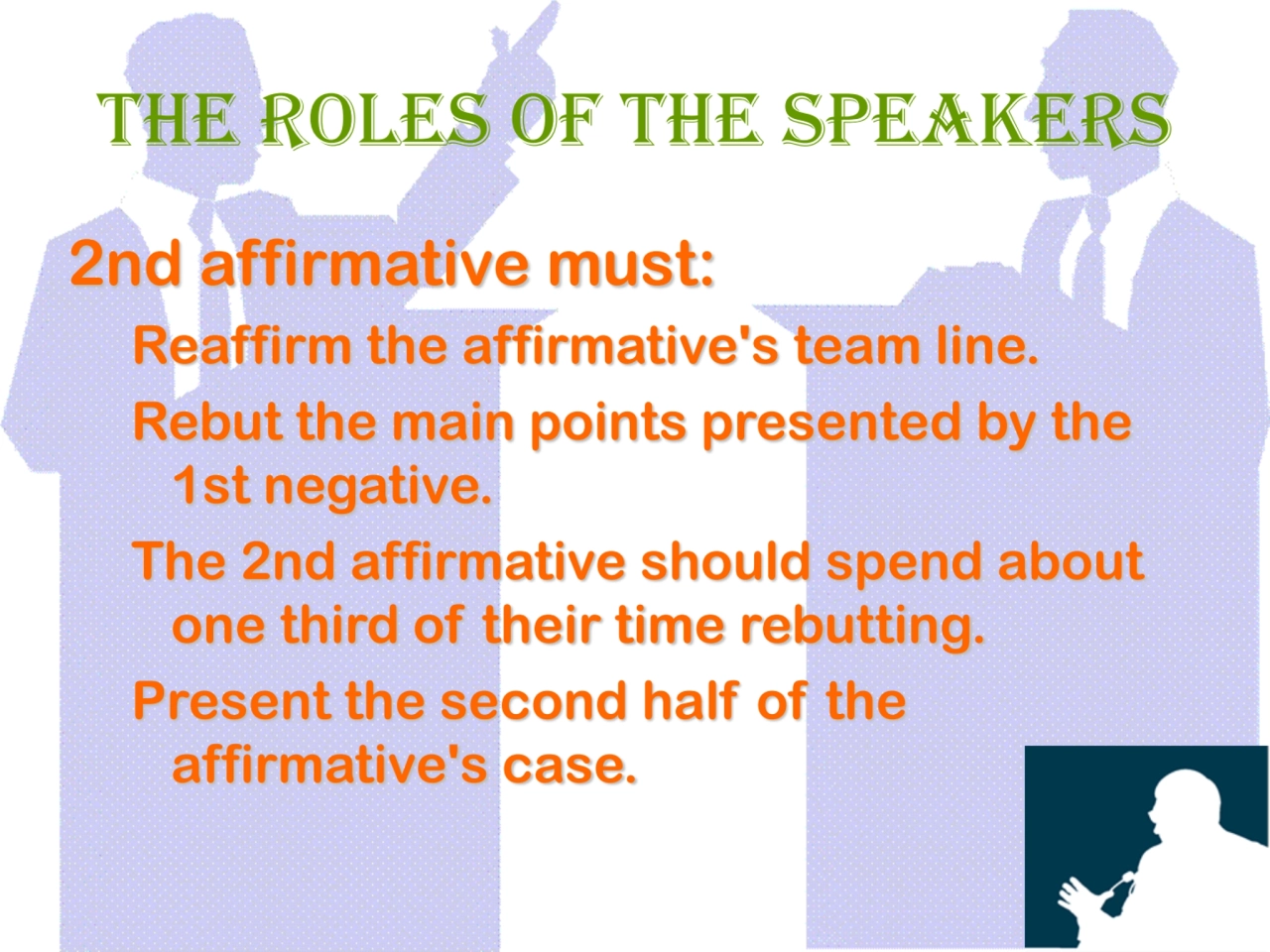
Loading...
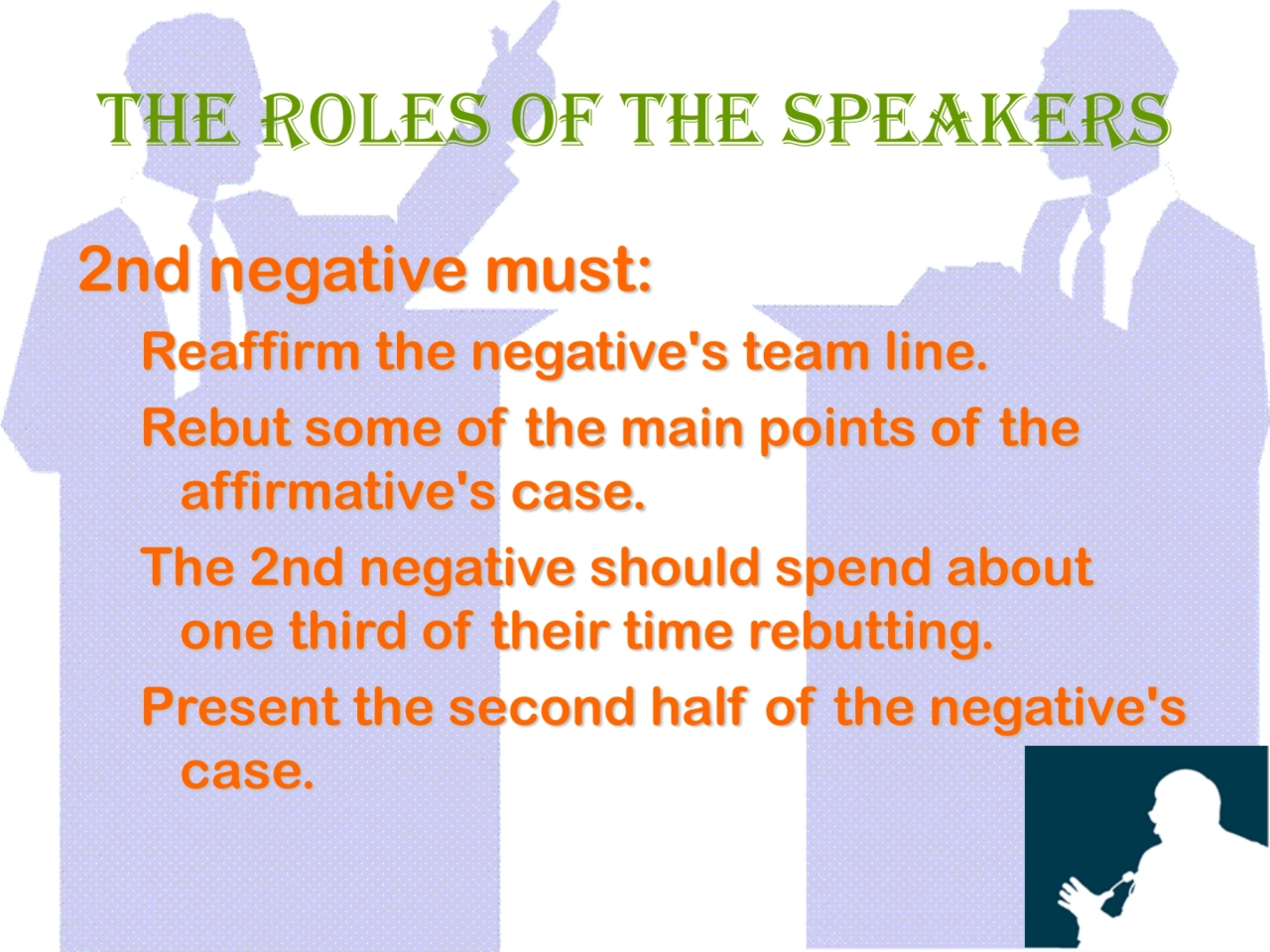
Loading...
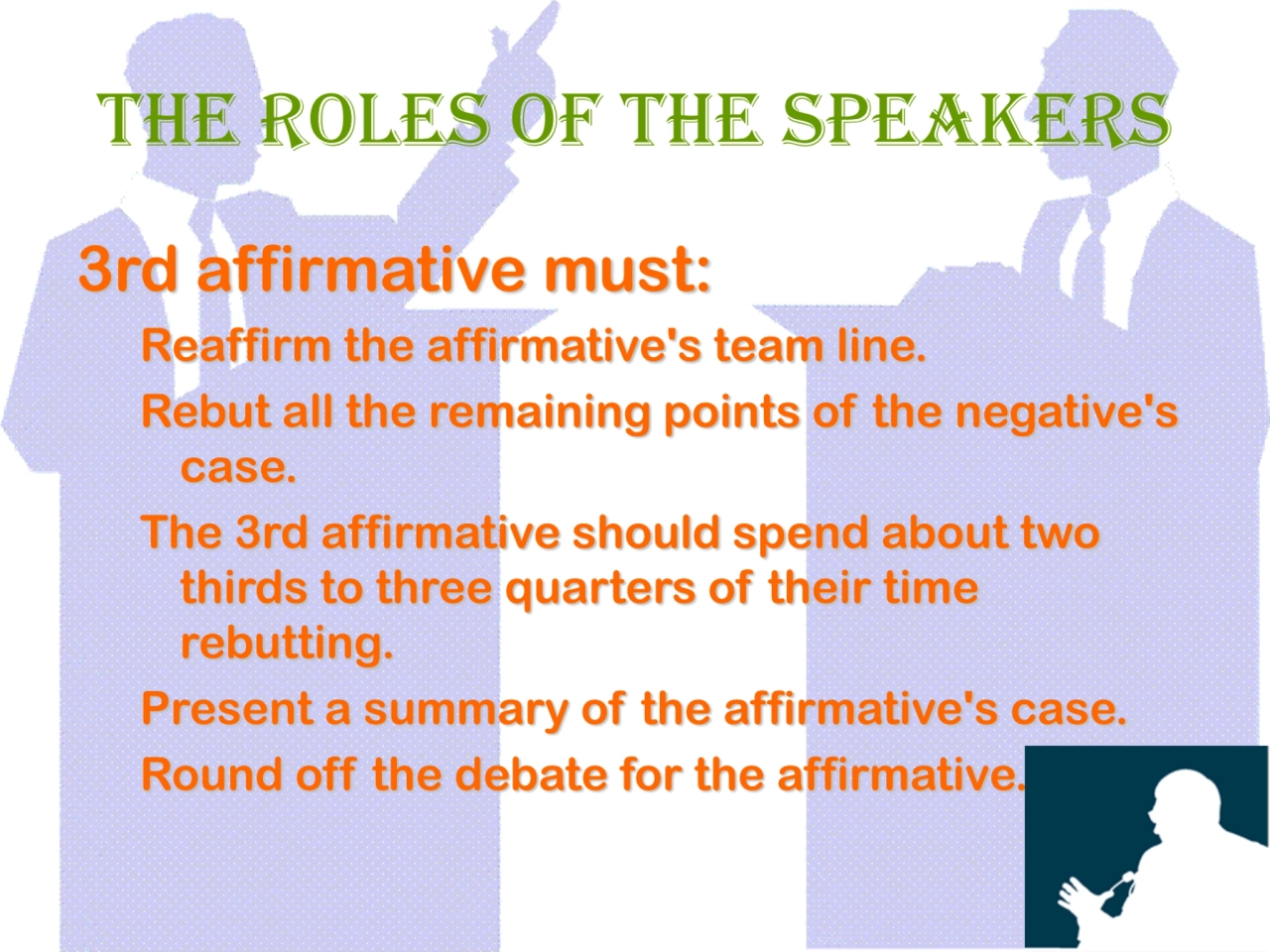
Loading...
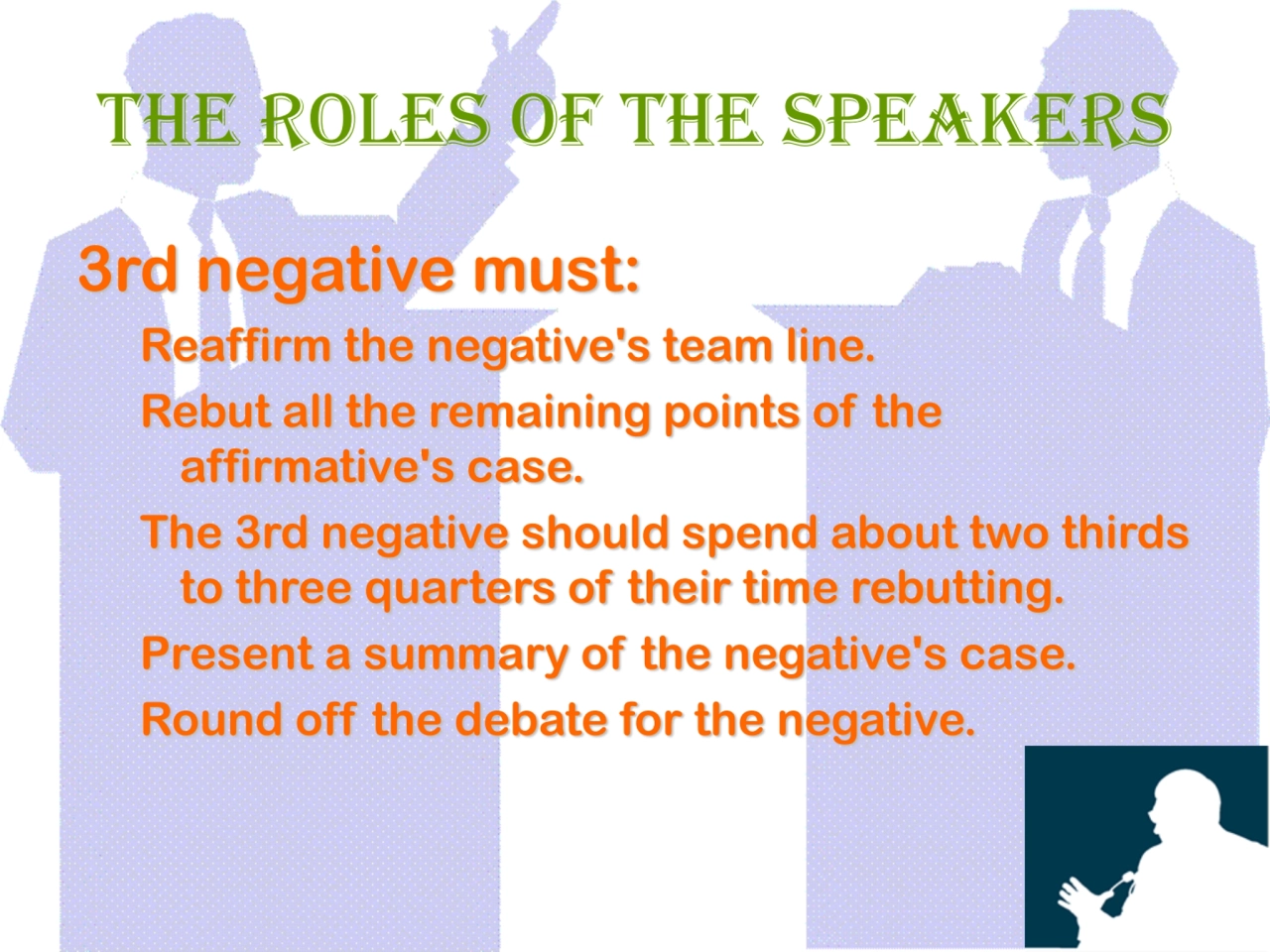
Loading...
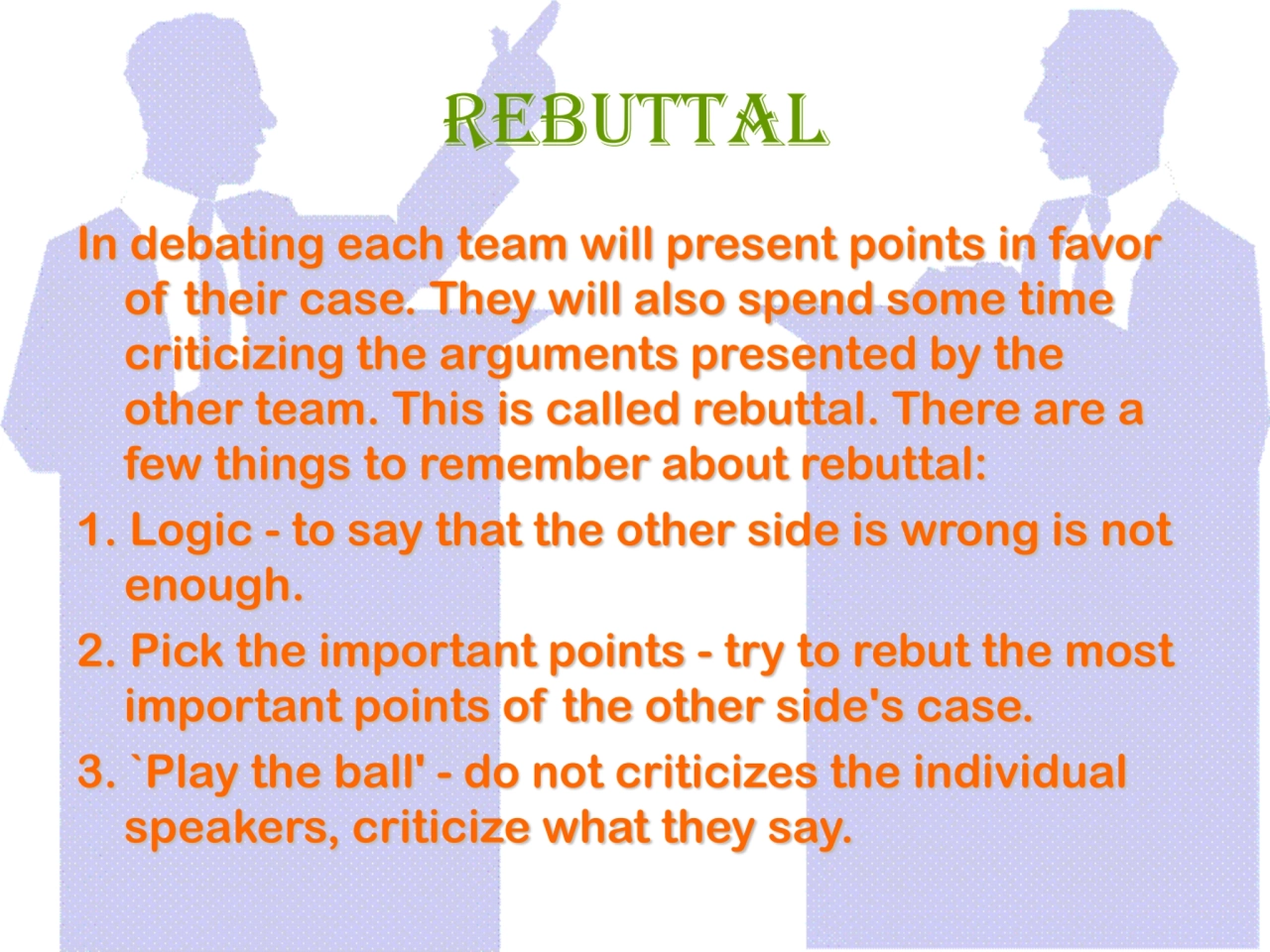
Loading...
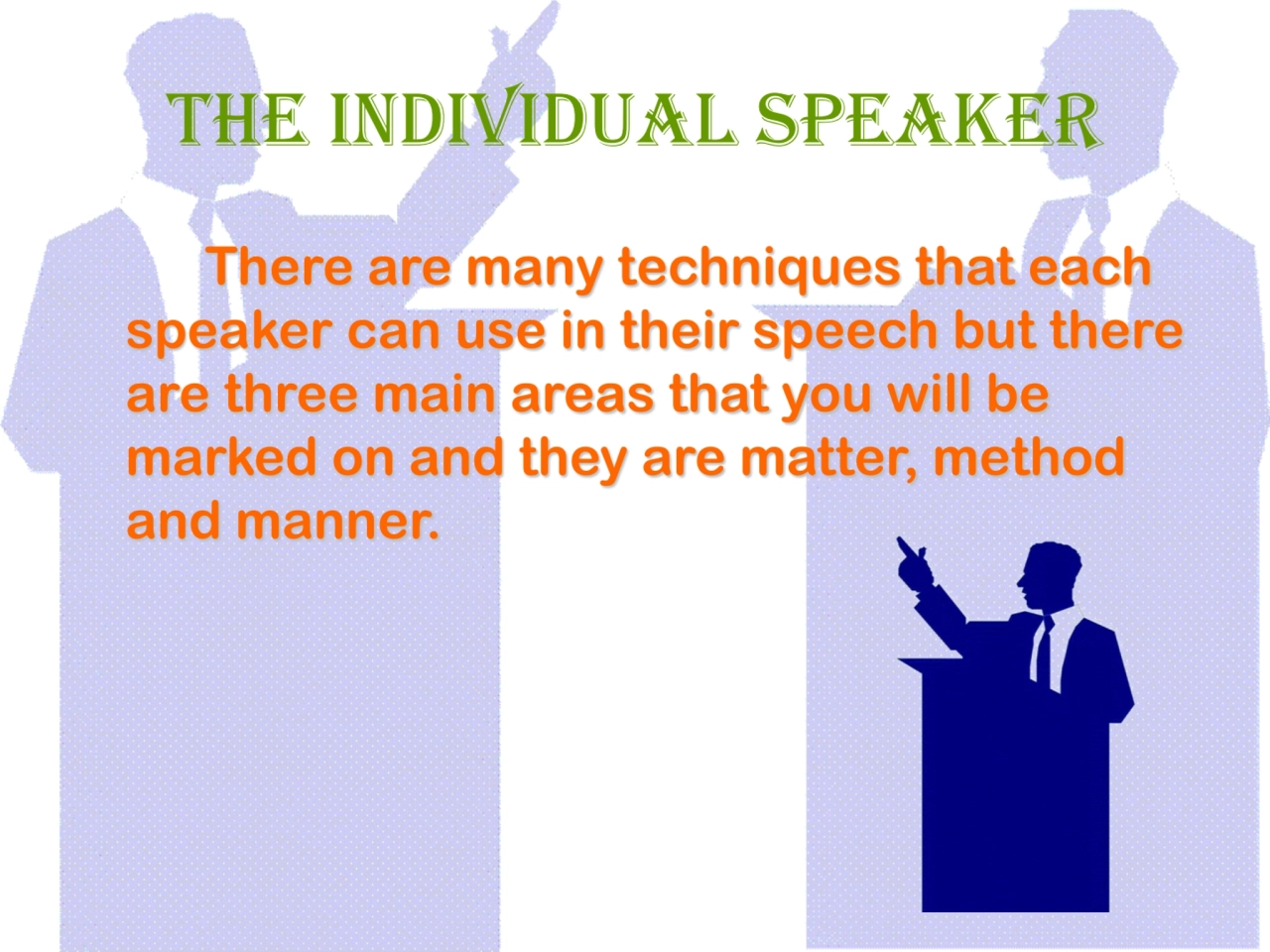
Loading...
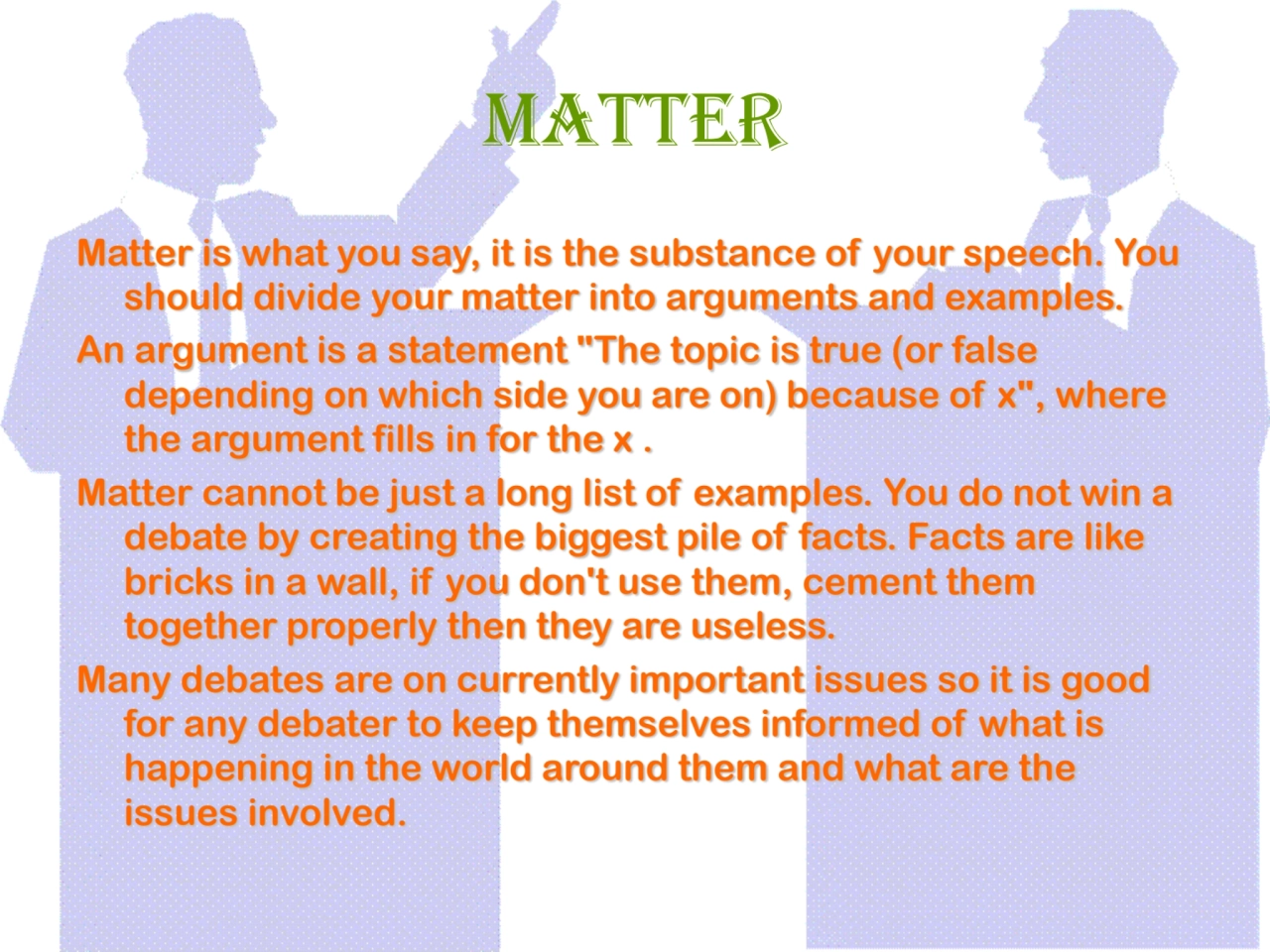
Loading...
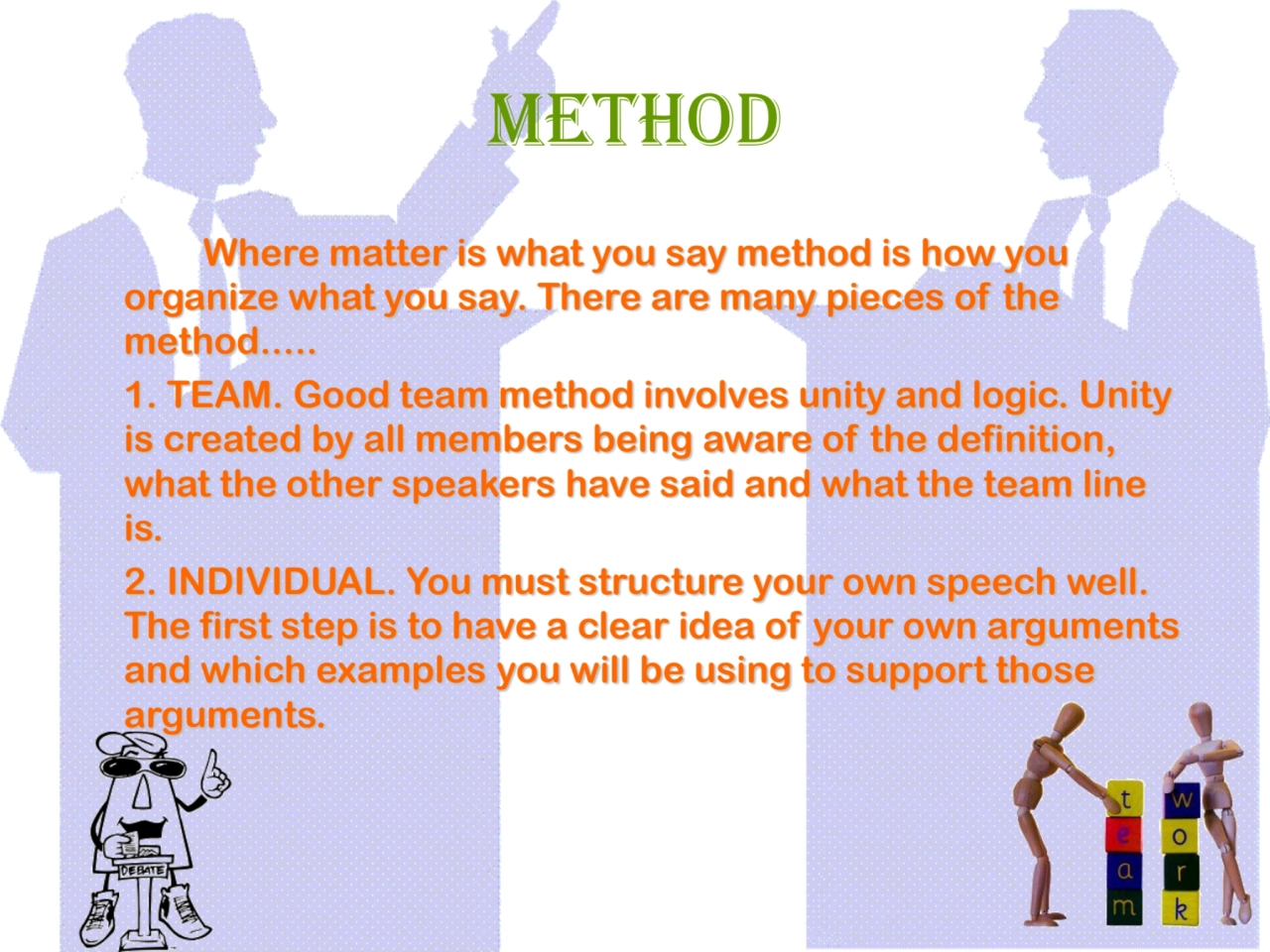
Loading...
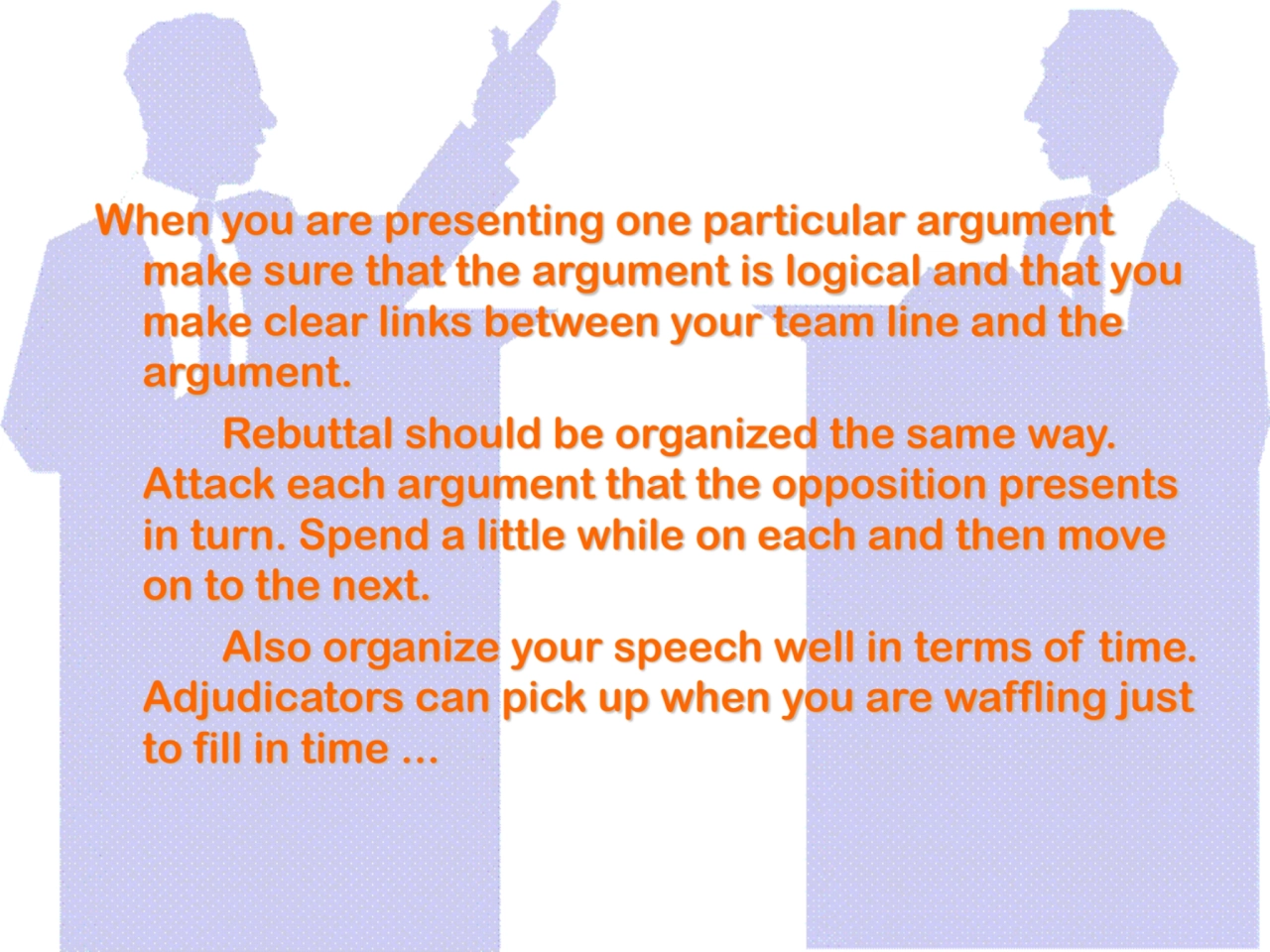
Loading...
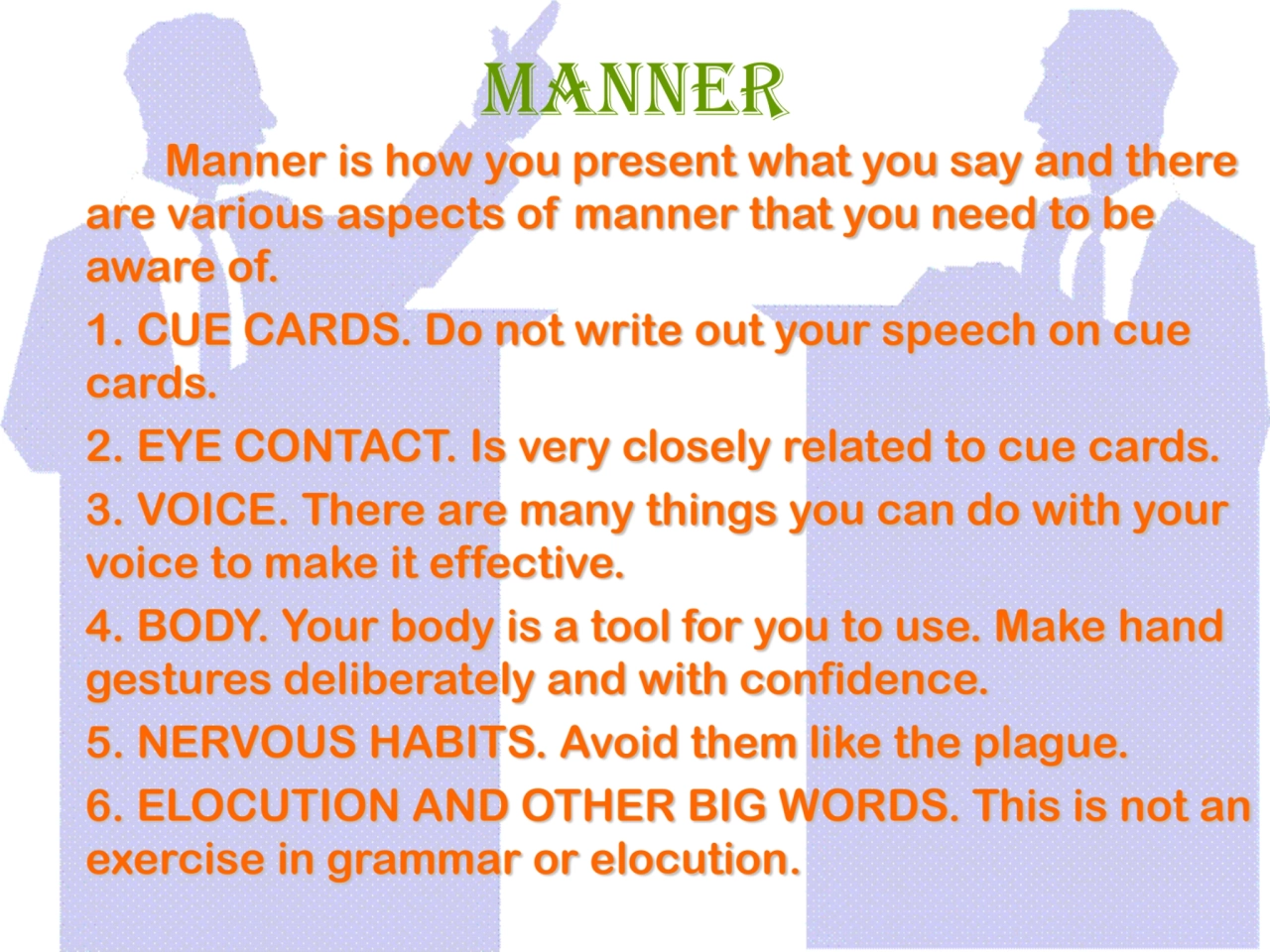
Loading...
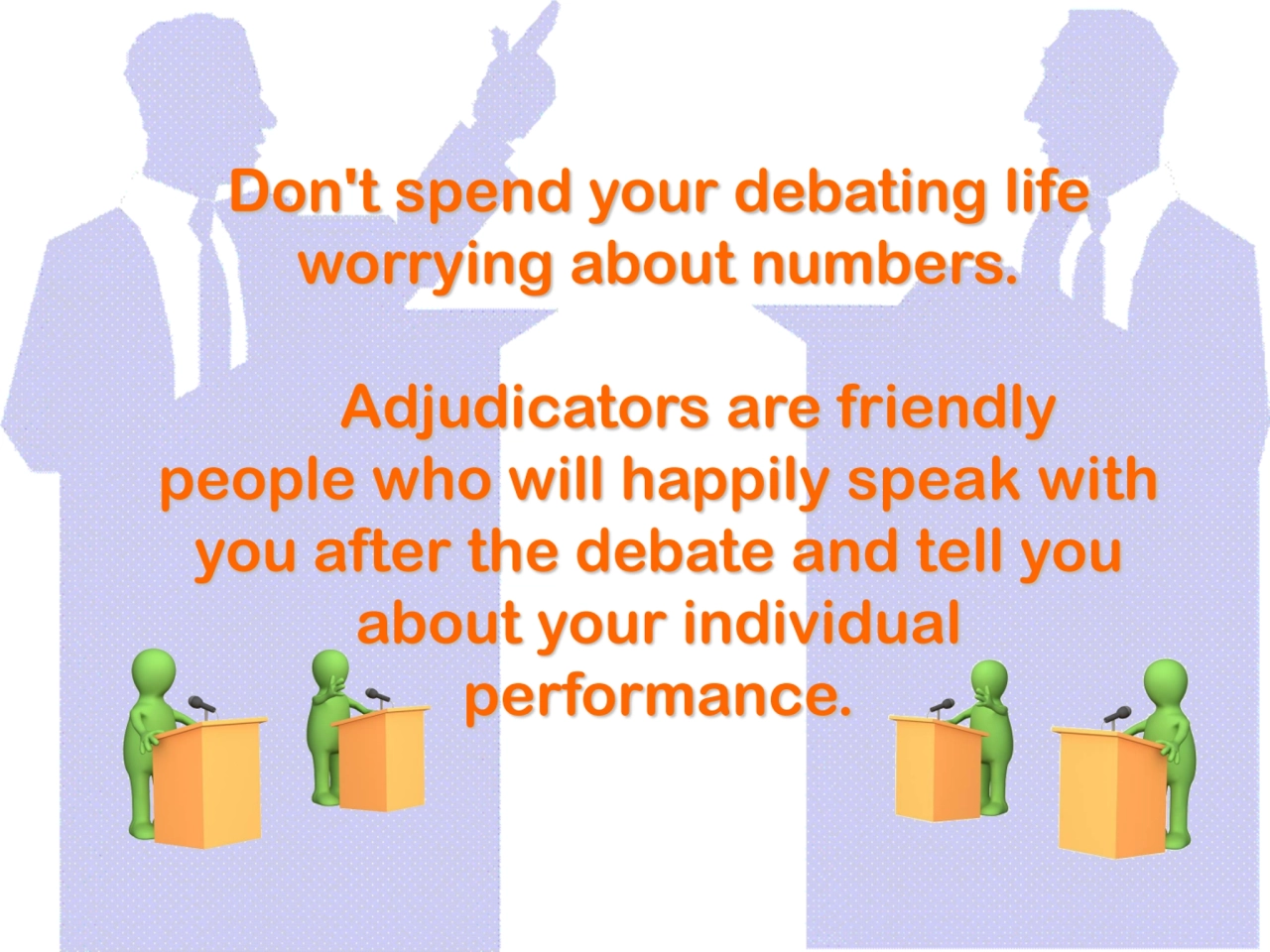
Mastering the Art of Debating
- 1. Basic Debating Skills
- 2. What is a Debate? • A debate is formalized public speaking in which participants prepare and present speeches on opposite sides of an issue to determine which side has the stronger arguments. • It is a means of decision making that can go all the way back to the ancient Greeks.
- 3. What is Debate? • Today, debate is an essential element of the democratic process in the United States. • In legislative assemblies, courtrooms, and other public forums, debates have led to decisions on personal freedoms, civil rights, and war and peace. • In the past thirty years, presidential debates have also played a prominent role in elections.
- 4. What is NOT considered a debate? It is not an undisciplined shouting match between parties that passionately believe in a particular point of view. In fact the opposite is true. Debating has strict rules of conduct and quite sophisticated arguing techniques and you will often be in a position where you will have to argue the opposite of what you believe in.
- 5. What Can Debating Do for You? It • cultivates your leadership skills • Consolidates your investigation & analysis skills • Trains your critical listening/thinking skills • Enriches your open-mindedness • Equips you with better organization & speaking skills • Builds your self-confidence • Boosts your teamwork & cooperation ability • Provides you the fun when wits match with competition
- 6. What is a topic? The TOPIC is something to argue about. They are often about current issues of public importance (“Dress code should not be as stringent at ACHS") It could be about general philosophies or ideas ("That beauty is better than brains"). All topics begin with the word "That". As in other arguments there are two sides to any topic. The team that agrees with the topic is called the AFFIRMATIVE and the team that disagrees with the topic is called the NEGATIVE.
- 7. Proposition • Debate begins with a controversy expressed in a proposition. • A proposition is a statement that asserts a fact, makes a value judgment, or recommends a policy. • A proposition must deal with a controversial question – one that has valid evidence for both sides to argue.
- 8. Propositions, Cont’d. A proposition is a statement that is open to interpretation It shall be – controversial, – significant, – debatable, – durable, and most importantly, – with a single idea
- 9. Propositions: Examples In a debate, the affirmative proposes to change the status quo with a carefully argued resolution with justification, plan, and advantages. – RESOLVED: That six years of English in high school is adequate for a basic education. – RESOLVED: That modern art lacks artistic skill and creativity – RESOLVED: That sex education shall be introduced at elementary school level.
- 10. Status Quo • Status Quo • Status quo is a Latin phrase meaning the existing state of affairs, particularly with regards to social or political issues. • To maintain the status quo is to keep the things the way they presently are. "Same old same old" • EX: The driving age in KY is 16…
- 11. The Definition If a debate is going to take place then it must be agreed in advance what the debate is going to be about. Deciding and explaining what a topic means is called ‘defining the topic’. The job of defining begins with the AFFIRMATIVE. The first speaker of the affirmative must explain in clear terms what they believe the topic means. The negative team may agree with or choose to challenge the definition presented. The negative team should be very careful about challenging as it is difficult to continue the debate with little evidence/research.
- 12. The Team Line Because debating is a team event it is important that the speakers work together as a team. The TEAM LINE is the basic statement of "why the topic is true" (for the affirmative) and "why the topic is false" (for the negative). It should be a short sentence, presented by the first speaker of each team and used by the other speakers to enforce the idea of teamwork.
- 13. The Roles of The Speakers In a debating team each speaker has specified roles that they must fulfill to play their part in the team.
- 14. The Roles of The Speakers 1st Affirmative must: Define the topic. Present the affirmative's team line. Outline briefly what each speaker in their team will talk about. Present the first half of the affirmative case.
- 15. The Roles of The Speakers 1st negative must: Accept or reject the definition. If you don't do this it is assumed that you accept the definition. Present the negative team line. Outline briefly what each of the negative speakers will say. Rebut a few of the main points of the first affirmative speaker. The 1st negative should spend about one quarter of their time rebutting. Present the first half of the negative team's case.
- 16. The Roles of The Speakers 2nd affirmative must: Reaffirm the affirmative's team line. Rebut the main points presented by the 1st negative. The 2nd affirmative should spend about one third of their time rebutting. Present the second half of the affirmative's case.
- 17. The Roles of The Speakers 2nd negative must: Reaffirm the negative's team line. Rebut some of the main points of the affirmative's case. The 2nd negative should spend about one third of their time rebutting. Present the second half of the negative's case.
- 18. The Roles of The Speakers 3rd affirmative must: Reaffirm the affirmative's team line. Rebut all the remaining points of the negative's case. The 3rd affirmative should spend about two thirds to three quarters of their time rebutting. Present a summary of the affirmative's case. Round off the debate for the affirmative.
- 19. The Roles of The Speakers 3rd negative must: Reaffirm the negative's team line. Rebut all the remaining points of the affirmative's case. The 3rd negative should spend about two thirds to three quarters of their time rebutting. Present a summary of the negative's case. Round off the debate for the negative.
- 20. Rebuttal In debating each team will present points in favor of their case. They will also spend some time criticizing the arguments presented by the other team. This is called rebuttal. There are a few things to remember about rebuttal: 1. Logic - to say that the other side is wrong is not enough. 2. Pick the important points - try to rebut the most important points of the other side's case. 3. `Play the ball' - do not criticizes the individual speakers, criticize what they say.
- 21. The Individual Speaker There are many techniques that each speaker can use in their speech but there are three main areas that you will be marked on and they are matter, method and manner.
- 22. Matter Matter is what you say, it is the substance of your speech. You should divide your matter into arguments and examples. An argument is a statement "The topic is true (or false depending on which side you are on) because of x", where the argument fills in for the x . Matter cannot be just a long list of examples. You do not win a debate by creating the biggest pile of facts. Facts are like bricks in a wall, if you don't use them, cement them together properly then they are useless. Many debates are on currently important issues so it is good for any debater to keep themselves informed of what is happening in the world around them and what are the issues involved.
- 23. Method Where matter is what you say method is how you organize what you say. There are many pieces of the method..... 1. TEAM. Good team method involves unity and logic. Unity is created by all members being aware of the definition, what the other speakers have said and what the team line is. 2. INDIVIDUAL. You must structure your own speech well. The first step is to have a clear idea of your own arguments and which examples you will be using to support those arguments.
- 24. When you are presenting one particular argument make sure that the argument is logical and that you make clear links between your team line and the argument. Rebuttal should be organized the same way. Attack each argument that the opposition presents in turn. Spend a little while on each and then move on to the next. Also organize your speech well in terms of time. Adjudicators can pick up when you are waffling just to fill in time ...
- 25. Manner Manner is how you present what you say and there are various aspects of manner that you need to be aware of. 1. CUE CARDS. Do not write out your speech on cue cards. 2. EYE CONTACT. Is very closely related to cue cards. 3. VOICE. There are many things you can do with your voice to make it effective. 4. BODY. Your body is a tool for you to use. Make hand gestures deliberately and with confidence. 5. NERVOUS HABITS. Avoid them like the plague. 6. ELOCUTION AND OTHER BIG WORDS. This is not an exercise in grammar or elocution.
- 26. Don't spend your debating life worrying about numbers. Adjudicators are friendly people who will happily speak with you after the debate and tell you about your individual performance.